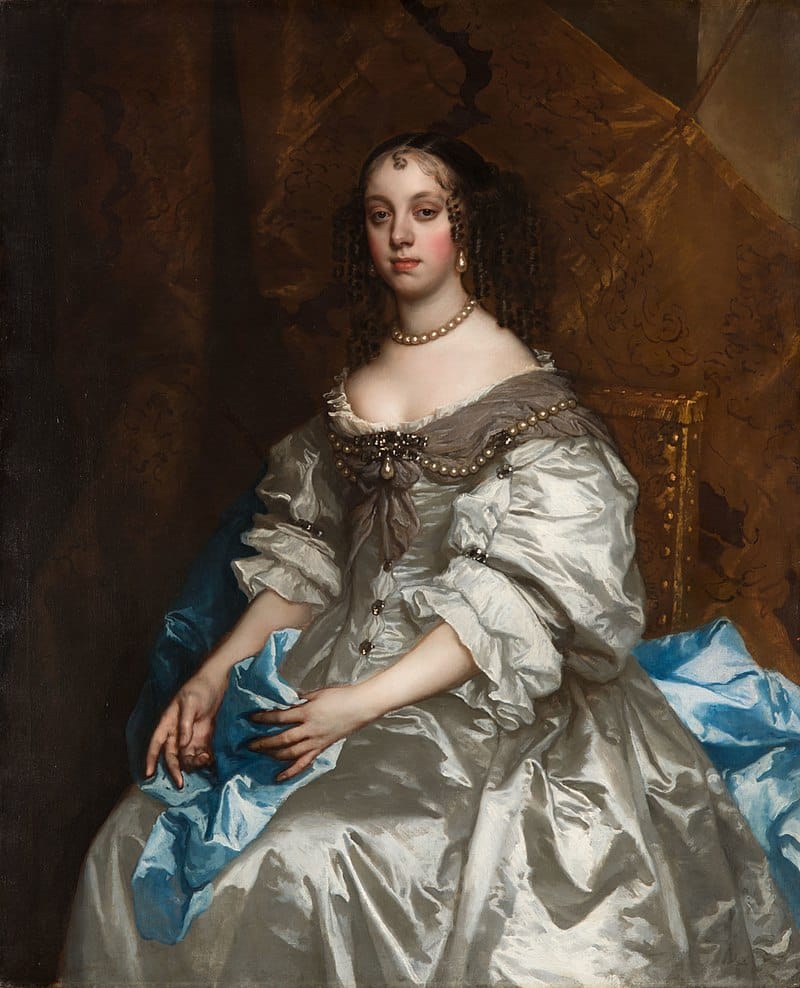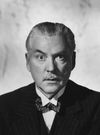The Courtesan, the Libertine and the Spy
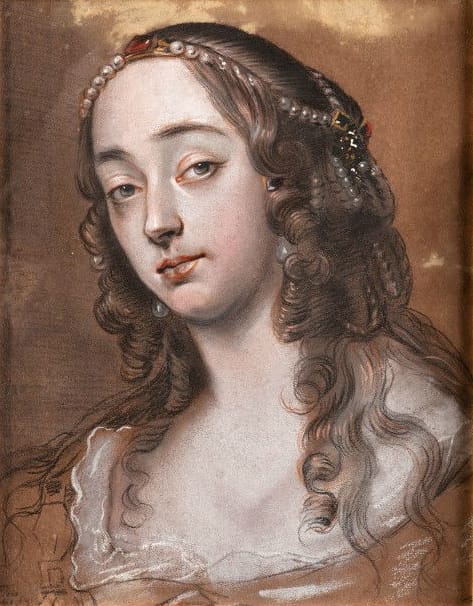
This naked, reclining woman shown below could be Nell Gwyn, the mistress of Charles II. Or not… Nowadays, art historians alternate between her and the King’s earlier mistress, Barbara Villiers, shown above, who had several children by the King. You be the judge. Is it the same woman?
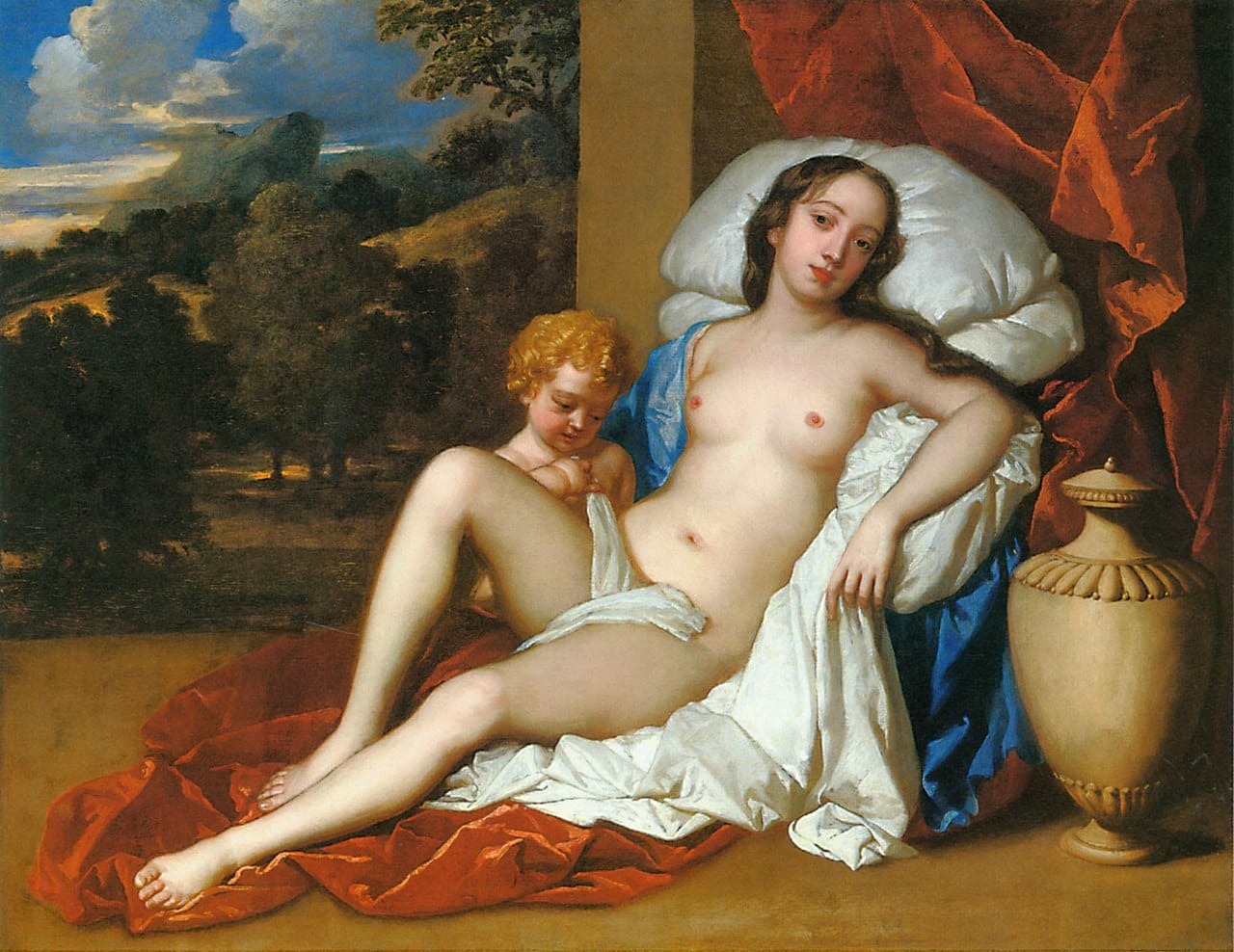
This painting is by Dutch master Sir Peter Lely, official artist to Charles II, from the 1660’s or 1670's. Those same art historians think the King concealed it behind a secret sliding panel in the royal bedchamber at the Palace of Whitehall, not least because Villiers was already married, but also because she was as promiscuous as he was. If it was Nell Gwynn, she was a mere actress (albeit a very successful one, in Restoration comedies).
It was the heyday of the courtesan and the libertine.
Villiers lived to be 69. Not so her male equivalent, John Wilmot, the Earl of Rochester, to whom she was related. By the age of 33 he was dying (in 1680), possibly from syphilis and alcoholism. But his erotic poetry is startling even today, which is why it’s been available really only since the 1960’s. A couple of his more catchy poems include “Signior Dildo” and “Mistress Knight’s Advice to the Duchess of Cleveland in Distress of a Prick.” Here is a sample from “The Imperfect Enjoyment” – imperfect because, as the last two lines show, lovers have to take a break from it sometimes.
But whilst her busy hand would guide that part
Which should convey my soul up to her heart,
In liquid raptures I dissolve all o’er,
Melt into sperm and, and spend at every pore.
A touch from any part of her had done’t:
Her hand, her foot, her very look’s a cunt.
Now languid lies in this unhappy hour,
Shrunk up and sapless like a withered flower.
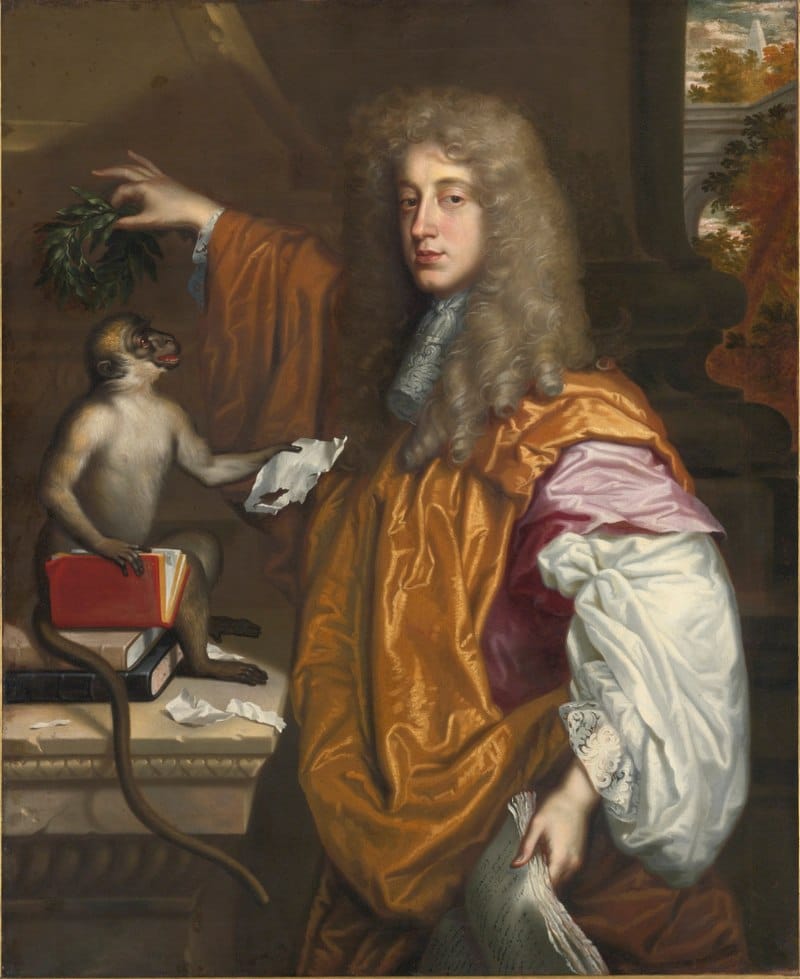
The portrait above of Rochester is by the Flemish painter Jacob Huysmans who, like Lely, resided in London. It prompted novelist Graham Greene to call his biography of the poet Lord Rochester's Monkey, which Greene wrote in the early 1930's but couldn't publish till the 1970's.
And then there was the Spy: Louise de Keroual, Duchess of Portsmouth, another mistress of Charles II and really the most successful at it, may have been a spy for Louis XIV of France. Below is a portrait of her by Peter Lely from 1671–1674.
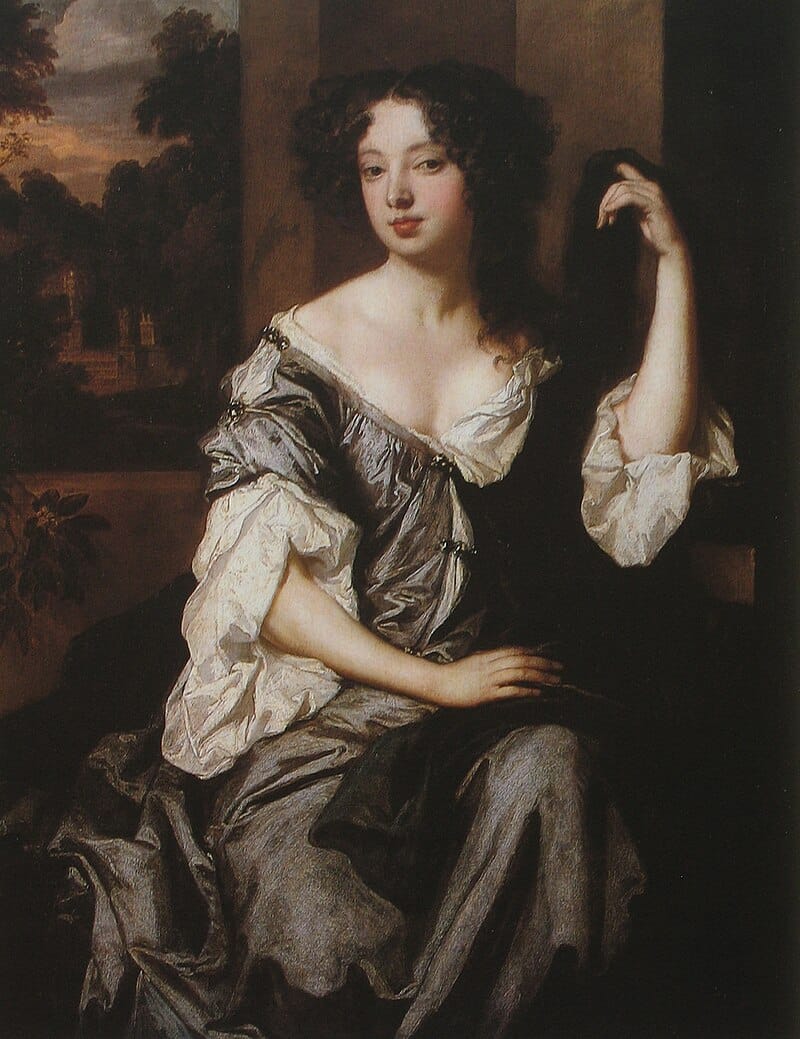
The truth is something less than this. She was from Brittany and politically smart, but whether she actively intervened on behalf of French interests as a "spy" is misleading; "diplomat" might be a better word. She wasn't popular with the English though, and according to one historian, Nell Gwyn is reported to have called Keroual "Squintabella." When mistaken for her, Gwyn replied, "Pray good people be civil, I am the Protestant whore."
After Charles' death in 1685, aged only 54, what happened to them all? The Queen, Catherine of Braganza (shown below in another portrait by Peter Lely), whom I haven't mentioned, moved back to Portugal. The Earl of Rochester was already dead and Nell Gwyn was dead two years later from a stroke brought on by syphilis. Villiers lived on in London until 1709. Keroual moved back to France and lived to the ripe old age of 85.
